No products
Product successfully added to your shopping cart
There are 0 items in your cart. There is 1 item in your cart.
Télécharger votre configuration en PDF
HUBS - Comparative - Disc brake
We spent more than 12 years of constant research and development, assembly and testings to find out and optimize the most efficient technics. This time also means about 100 million ridden kilometres.
We have been designing our own hub solutions since 2012 leading to the launch of our flagship: the RAR ESO hubs in 2016 and their little brother RAR FIRST in 2018.
Every technical choices offered today has been the subject to intense and prolonged testings procedures which is, for us, guarantee of serenity in use and permits a 5 years manufacturer warranty.
Some other brands are included in our hub selection for their complementary and long proven qualities. We offer Acros, Tune, DT Swiss and have included in this comparison Hope and Extralite as they also offer straight pull hubs.
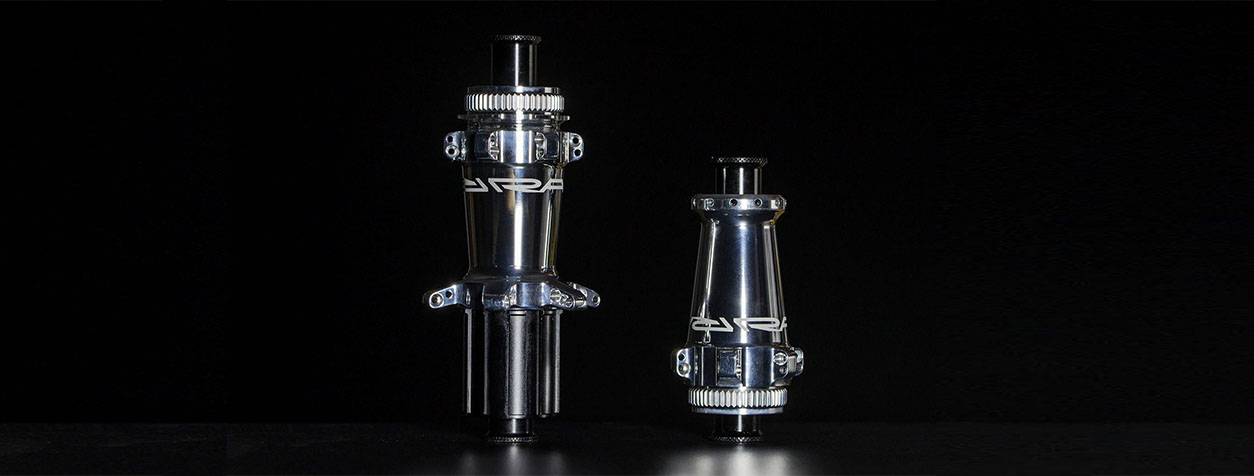
Straight pull hub comparison
Straight pull: spoke head hidden into the hub shell, the nipple is accessible near the rim
As a structure for the construction of the wheel, the hub sizing affects the dynamics and wheel reliability. The properties compared here all have an impact on short and long term durability and performance.
The geometry is given based on a RAR EVEN 38 - 2.5mm asymetrical shape
The hub can be designed with different objectives in mind.
From raw performance with concessions on durability to the other extreme: maximum durability with concessions on performance.
Between these two extremes, the slider can be placed at the manufacturer's discretion. Bearing in mind that it is infinitely more economical, in terms of cost and time of design and machining, to favour durability over lightness.
Tune Princess/Prince.
The orientation given by the German manufacturer is the lightness and performance with good geometry. Some concessions are made on endurance: 61803 bearings (very small balls) and 3 pawl system, adjustment by washers.
RAR by Acros
The hubs are performance oriented with a special effort on the large bearing section and the 19mm axle. Their limit in endurance is the aluminium ratchets. Their adjustment system is convenient for the user.
DT Swiss 350
Clearly endurance-oriented, their rear geometry is deep in the rankings. Equipped with solid bearings and steel ratchets for super long lifespan. No need for adjustment.
DT Swiss 180 EXP
Their low mass is appealing on the performance aspect, their rear geometry is however identical as the mediocre one of the DT350. The bearings are also undersized compared to the rest of the hubs presented. Their good point is the solid steel ratchets and the un-necessary bearing preload adjustment.
RAR First
The enduro-performance version of our range: massive bearings, no need for adjustment, 3 over-sized pawls, right geometry.
RAR ESO
It is clearly aiming for pure performance while maintaining durability: low mass, highly engineered geometry plus heavy-duty bearings, steel ratchets and pre-load adjustment.
Hope PRO4 RS
This hubset is designed for endurance because of its strong bearings and 4 over-sized pawls. The geometry is good. Naturally, their mass is high.
Extralite Cyber SPD3
They are minimalist, highly engineered, and clearly oriented on raw performance. Several concessions are made on durability: small section bearings, freewheel mechanics with only 2 small pawls plus an O-ring spring, adjustment by plastic screw.
Mass
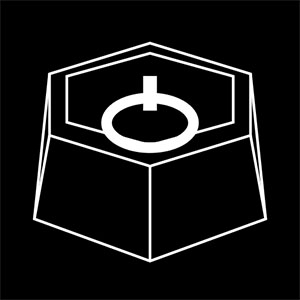
Its importance is relative in the sense that it is a part located at the centre of rotation and therefore it has no influence on the moment of inertia of the wheel. However, for the same performance, it is always better to use the lightest one: the energy saving is real.
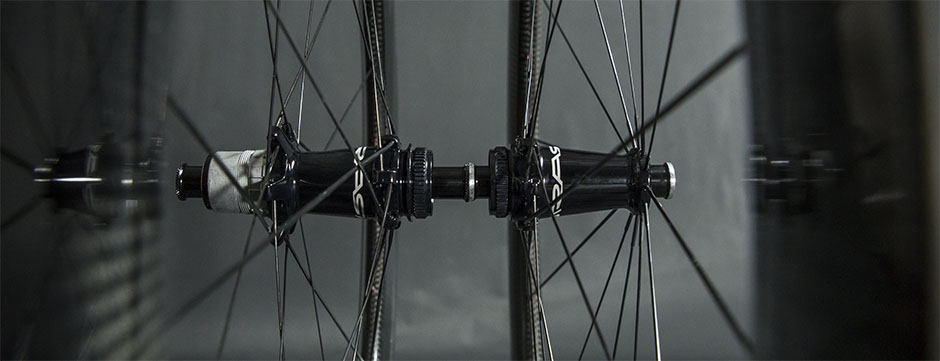
Freewheel mechanical parts
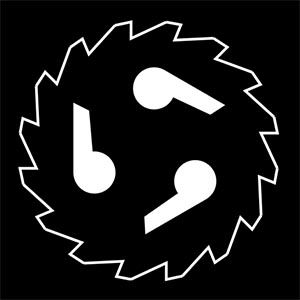
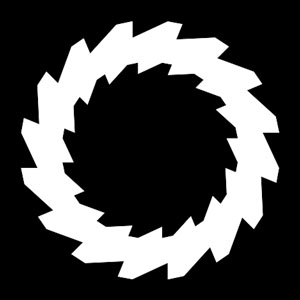
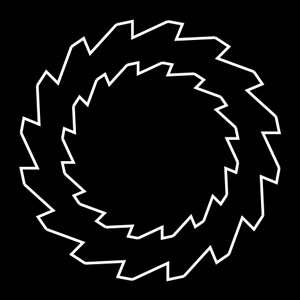
They have a major impact on the service lifespan of the torque transmitting elements. They are the wear components made of different materials and can function in many different ways.
The first system is the pawls/springs in contact with a toothed rim. The solution is used by Extralite, Tune, Hope, and on our RAR FIRST. It is a practical solution for a lightweight design. This choice can be more or less durable depending on the number of pawls, their sizing, their material and the type of spring. Generally the lifespan of such a system varies from 10 to 30.000km.
The second system is that of the original Hügi spur gears: one or two opposing ratchets are in contact through spring(s). This is a mechanically solid solution, but it requires greater machining and material resources. Obviously it is generally a design heavier than the pawl system unless time consuming and expensive machining are used.
Expect an endurance between 20/40.000km for aluminium ratchets, and between 60/200.000km for steel. Our RAR ESO works on this type of steel rings. DT Swiss too. Acros made the choice of softer aluminium ratchets to machine down.
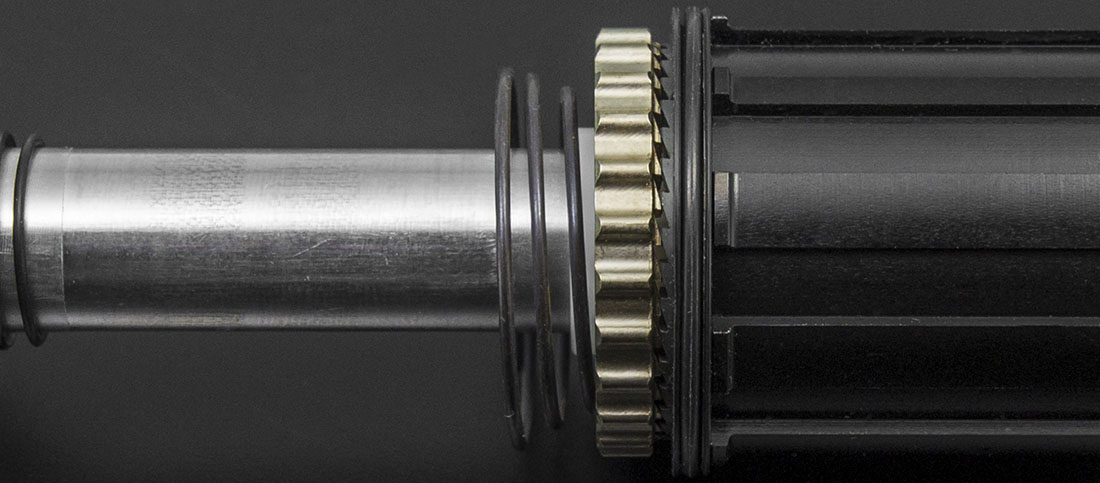
Bearing preload system
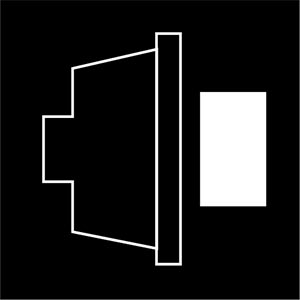
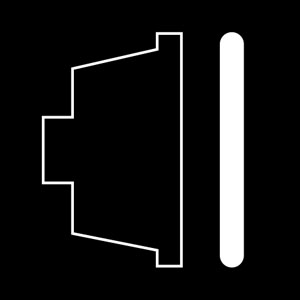
This is a crucial step in hub design. The caps are used to close the hub, set the lateral play, and give support for the dropouts on the hub. Beyond the bearing specifications, their material and care for assembly, their shimming and preload adjustement including the wheel clamping force, is crucial.
At Tune, the adjustment is done using washers to wedge the axis from left to right in relation to the bearings. At Acros, a ring receives a worm screw and a spacer system wedges the axle movement. At Extralite, it is a plastic nut on the axle that allows this adjustment.
Other brands such as Hope or DT Swiss have chosen not to allow any adjustment. In this case, the axle has shoulders: the bearings face both the axle and the hub body. This is also our choice for the RAR FIRST because we needed a simple and maintenance free system.
For the highly technical RAR ESO hub, we chose to let the user adjust the pre-load: a cap on the axle is screwed on and in contact with the internal bearing seat through an O-ring.
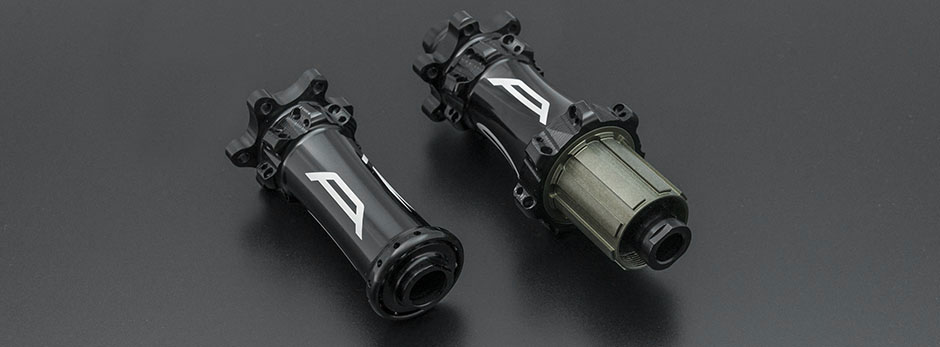
Bearing sizing
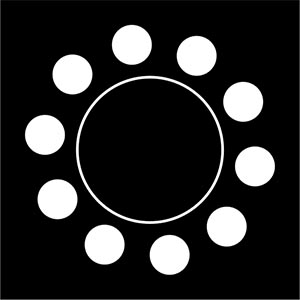
The lifespan of a bearing depends on dozens of parameters. Naturally, their material/precision in fabrication and assembly is decisive. The proper fit inside the hub and a smooth press-in is as important as the right preload. The way the bike is cleaned obviously has an influence on lifespan. Last but not least, their sizing has to be taken into account because hub deflection and braking torque generates stress on the bearings too.
We took this parameter into account for comparing those hubs as using small cross-section bearings is an easy way to lighten a hub, but also an easy way to reduce its lifespan.
In our comparison, DT Swiss 180 EXP hubs receive 15245(61802) bearings which works but is definitely small for the stresses encountered on the disc brake front hub, or even on the disc side of the rear hub. Considering their minimalism, the Extralite hubs are logically equipped with light bearings too: 17265(61803) for both sides front, and rear disc side. The Tunes receive those same sections. On the other hand, the Hope and RAR FIRST benefit from massive and very durable 15287(61902) bearings, which explains their less attractive weight. The strong 19285 or 19307 section is used on the Acros. On our RAR ESO, we chose to aim durability with a 61902/61802 front and 61902 only in the rear hub shell.

In each hub mini-note above, we took into account the static resistance of the bearings for commenting. We assume that the freewheel bearing sizing depends on the standard: Only Shimano HG freewhels can get either 61802/902 or 61803/903. XDR-Micropline-Campagnolo have too small diameters which strictly require 61802 or 61803.
Front hub geometry
The situation of a front wheel for disc braking is very similar to the one of a rear wheel for rim braking: only one side of the hub transfers energy from the hub to the rim. So the solutions are similar, with some subtleties.
The rear wheel for rim braking situation is as such. The cassette width is close to 40mm while the short frame dropout width of 130mm generates a center to drive side hub flange distance of utmost importance. This tight area benefits from every extra tenth of a millimetre which favors the wheel lateral stability and which generates better left to right spoke tension balance. The best spacings are up to 18mm.
The front wheel situation is different. First there is no transfer of drive energy. Second, this wheel deals with a lower part of the rider weight - about 40% of the rider weight instead of 60 for the rear one. Third, there is not this bulky cassette.
The spacing from the wheel center to the disc brake spokes easily exceeds 20mm, without any spectacular machining process. Those 20mm are well enough considering the pure torsional stresses encountered when braking, and the 24 spokes of front wheels. The best values reach 23.5mm, which is the absolute limit for disc caliper clearance.
On the non-disc side, we find a situation similar to rear wheels for rim braking. It's a matter of compromise between disc/non disc tension balance, as well as wheel stability.
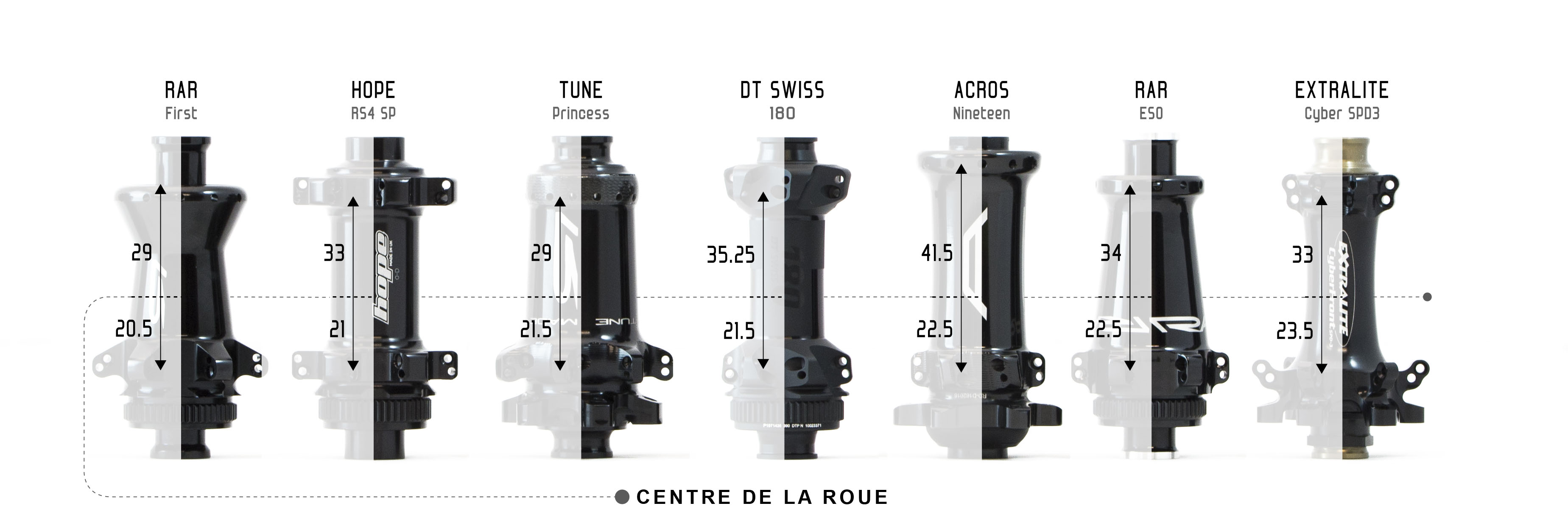
Dimensions given from flange center
The other parameter of the front hub geometry is the radius anchorage diameter. On a rear wheel it is very important to ensure a good transfer of pedaling energy. In the case of the rear ESO, the large rear anchorage diameter is due to the vertical placement of the push and pull spokes that optimizes the wheel center-to-flange freewheel distance. On a front wheel, these anchorage diameters are secondary in the sense that the importance of the wheel center-flange distance is reduced. On the contrary, the mass is important: the flanges are therefore generally very small. Beyond these technical considerations, the machining/material cost aspect gives even more meaning to a small flange diameter. The alloy bar has a smaller cross-section, and is therefore less expensive, also the chips generated are reduced: tool/machine wear and machining times are minimized.
Overall, all disc-braking front hubs are machined in one piece. This guarantees safety and reliability. Only Extralite had ventured into a 3-piece design that helped to reduce machining costs but they are back to monobloc in 2020.
Rear hub geometry
130+12 = 142. TWELVE millimeters. This is the wheelbase gain between a rim brake hub and its disc brake hub counterpart, in its current definitive standard.
Phew, it was time to increase this 130 dimension. It created real spacing issues with the many cogs on the cassettes.
These 12mm don't seem much at first glance, but they generate an appreciable difference in lateral support. This extra increases the (too) small distance between wheel centre and drive side spokes.
Disc brake rear hub particularity is that it transmits driving torque and braking torque forces. Both side of the hub receive spokes being tangentially oriented in relation to the hub: taking advantage of their high tensile strength.
The hub shells look very agressive because of the the multiple machining operations.
The flange position still takes the crucial importance on the stiffness and performance of the wheel. The further apart they are, the better the wheel stability. Keeping in mind that the freewheel body takes up to 40mm of spacing on the cassette side so it is critical to position this flange: it will be master of the left/right spoke tension ratio.
On the disc side, the amplitude in the position of the flange is at manufacturer discretion. It can be pushed out from wheel center within the limit of the disc spacing. When positioned equidistant from the drive side flange, the tension of the left/right spokes will be balanced: 100% on each side. Increasing this distance improves wheel stability but generates un-balanced spokes tensions: 100% on the cassette side but significantly less on the disc side.
The amplitude of placement for those flanges is therefore limited. The most sensitive flange position is the cassette side, it's on this side that the tension ratio originates. On the disc side, as for disc brake front wheels or rim brake rear wheels, the position of the spokes flange is is a matter of choice and compromise. The better the drive side flange width, the further from wheel center the disc flange can be placed with fewer spoke tensions drop.
It's in this context that we designed the RAR ESO hub. Its drive side spokes are particular: they are placed vertically rather than laterally in order to significantly increase the distance width from hub center.
This peculiarity forces an increase in material cost and machining time: the starting 7075T6 aluminum block is necessarily bigger.
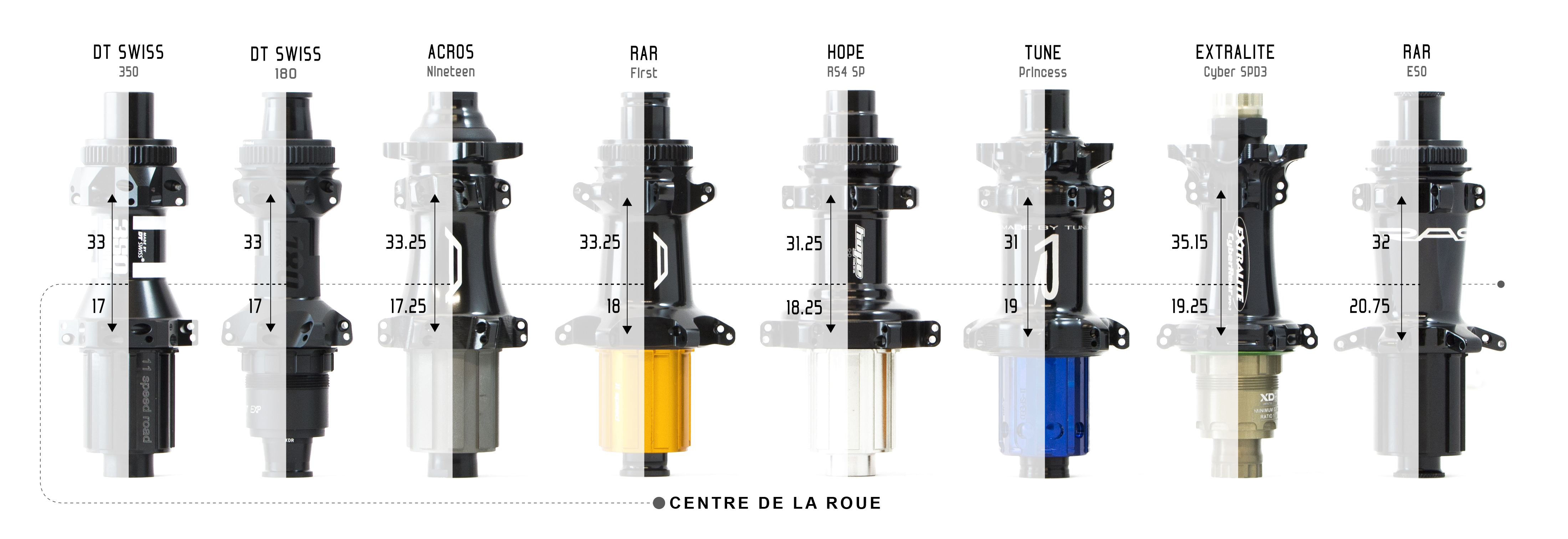 Dimensions given from flange center
Dimensions given from flange center
RAR ESO drive side flange position is 20.75mm from the wheel center, which is the extreme limit with the cassette dimensions. This favorable width, in combination with the wide diameter gives a super bracing angle from hub to rim.
With 19.25mm the latest generation of Extralite offers an excellent geometry. Then comes Tune, Hope and the RAR FIRST. The next step in dimension is the Acros whose geometry is correct. Then comes the DT Swiss 180/240s/350 that we can qualify as average to mediocre on this criteria. These last hubs will better work with an asymmmetrical rim to compensate this geometry.
Asymmetrical rims
Concerning this topic, the asymmetrical rim corrects the angle the spokes take when leaving the hub: the tension balance is improved by modifying the native dimensions given above.
For example for a DT180, using a 3mm asymmetrical rim would mean 20mm drive-side to wheel center width instead of 17, and 30mm at the disc side instead of 33. The situation is getting much better, but it would still be worse than, for example, the RAR ESO whose corrected dimensions would be 23.75mm cassette side and 29 opposite side, giving pretty close left to right spokes tensions.
2:1 spoke pattern
A special solution exists with 2:1 spoking that also correct the spoke tensions on each side of the wheel. Using twice as many spokes on the side where the flange is close to the wheel center increases the spoke tension on the side where they are fewer, to compensate for their number. A front wheel will then have 16 or 14 spokes on the disc side, for 8 or 7 on the opposite side. The rear wheel will get the 16 or 14 spokes on the cassette side, and the 8 or 7 on the disc side.
The tension ratio is improving. In fact, it is low tension side of the wheel that is getting too high because the correction is too important. One solution is to lengthen the hub body to reach an ideal balance. It is possible on a front wheel since there is some "space" on the opposite side of the disc. But it is clearly impossible in the required dimensions on the rear which is cluttered with the disc. The rear wheel spoke tensions in a 2:1 spoke pattern will remain unbalanced, in the reverse sense of the normal 12/12 design.
The crucial point about the 2:1 spoking is the wheel lateral stability. Increasing by 33% the spoke count on one side does not compensate for removing 33% on the opposite side, even when its distance from the wheel centre is increased. The drop in lateral stiffness is significant, and measurable on a deformation bench. It is felt while riding and forces the manufacturer to use a reinforced rim to catch up.
This specific geometry generates a considerable angle between two spokes: 45° to 51° of "gap" between two spokes on the side where they are few (360°/7). The rim is subject to increased stresses, generated by the traction of two spokes on one side for one on the other side, which again requires a reinforced rim, therefore a heavier one.
Beyond these two crucial but invisible aspects, it is important to mention that the wheel no more rotates if a spoke breaks on the side where they are 7 or 8. Its absence creates a "gap" of 90° to 100° on one side while the other side still has 4 spokes fully tensioned. Definitely dangerous in a downhill, because the risk of the wheel jamming is real.
The particularity of the 14/7 of a rear wheel compared to the 16/8 is that the odd number of the 7 spokes forces to lace radially: the shortest path from the hub to the rim. Positioned radially, the spokes are unable to pass the torque, which must pass from the disc to the cassette side. The body has to be torsionally stiffened: thicker and therefore heavier.
We consider the 2:1 spoke pattern on a disc brake wheel to be mechanically lacking of sense, non-performing, and potentially dangerous if lightweight components are used.
